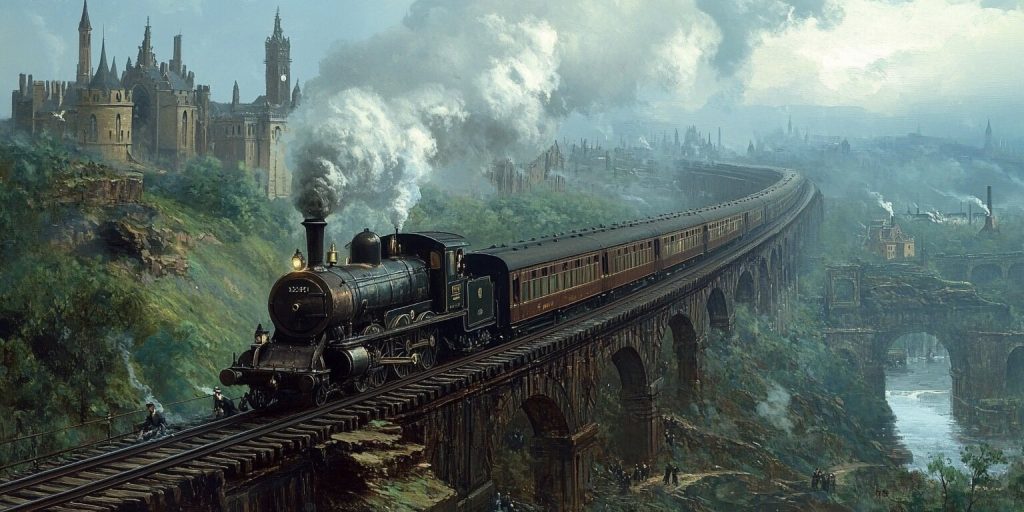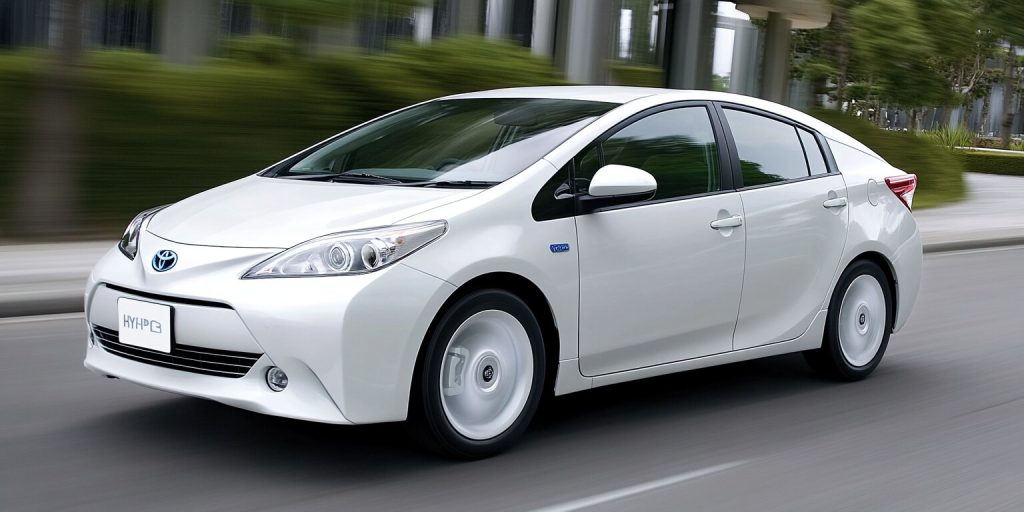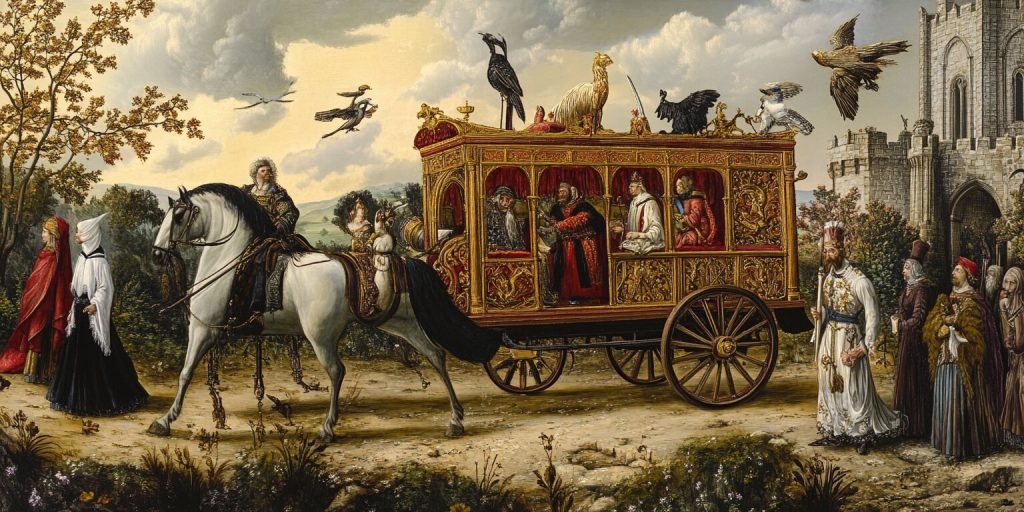The journey of transportation from horse-drawn carriages to today’s hybrid cars, including advancements like prius hybrid battery repair near me, is truly fascinating. It shows how human creativity and innovation have changed how we travel. From the basic use of animals to the complex systems of today’s cars, we see major steps that led to our current technology.
The push for a greener planet has led to the creation of hybrid cars. These cars, like those with the Prius car hybrid battery, show off new technology and help us reduce our carbon footprint. Looking into the history of transport helps us see how past ideas lead to today’s solutions and tomorrow’s possibilities.
The Dawn of Transportation: Horses and Carriages
Horses played a huge role in early transportation. They were the main force behind moving people and goods. From ancient Mesopotamia to Rome, horses helped shape societies.
The horse-drawn carriages history shows how these vehicles changed travel and trade. Early on, simple wooden carts pulled by horses made moving goods easier. Later, these carts turned into fancy carriages that were more comfortable for riders.
The evolution of transport brought new ideas like the spoked wheel and suspension systems. These made horse-drawn carriages better and more reliable. They allowed for longer, smoother trips, which helped trade and mail services grow.
Horse-drawn carriages also showed off social status and style. They were made with care and used fancy materials. Royalty and the wealthy showed off their status with fancy carriages. Cities grew, and people needed ways to move around easily.
When horse-drawn carriages faded, new machines took over. Steam engines and cars started a new chapter in transport. However, the impact of horse-drawn carriages is still seen in the history of early transportation methods and the evolution of transport.
Transportation in the Middle Ages: Innovations and Challenges
The Middle Ages brought big changes and challenges to transportation. This time was key for the growth of medieval transport systems and ancient road building.
Medieval Transport Systems
In the Middle Ages, animals like horses, oxen, and donkeys were key for moving goods and people. Wagons and carts got stronger to tackle tough travel paths. Ships also got better, helping trade across waterways connect distant places.
Roads and Routes in the Middle Ages
Improving roads was crucial for medieval transport. Old Roman roads were fixed up, and new ones were made. These roads followed the land’s shape for better durability. The Silk Road was also established, linking Europe to the Far East and boosting trade and culture.
The Industrial Revolution: Steam Engines and Railways
The Industrial Revolution was a key period in history, marked by major technological and economic changes. It brought us steam engines and the rapid growth of railways.

The Rise of Steam Power
The story of steam engines started with early models by Thomas Newcomen and James Watt. These changes changed how heavy goods moved, making them reliable and strong. George Stephenson’s “Rocket” locomotive was a big step towards today’s railways.
Impact on Society and Economy
Steam power changed society and the economy a lot. Railways made it easier to move people and goods over long distances, helping the economy grow, making cities bigger, and changing how people worked.
Cities grew fast near railways, and rural areas could get to markets easier. The story of steam engines shows how new technology can change society and the economy worldwide.
The Modern Era: From Automobiles to Hybrid Cars
Thanks to modern transportation technology, the world moved from traditional cars to hybrid vehicles. This change showed big steps in making things more efficient and caring for the planet.
The Advent of Automobiles
When cars first came out, they changed how we travel. They used internal combustion engines and made moving around easier for people and goods, leading to many new ideas in the car industry.
Hybrid Vehicles: Features and Benefits
Hybrid cars lead in car innovation. They use both electric and gas engines. They save fuel, cut down on pollution, and drive more quietly. These cars switch between electric and gas smoothly, making them very efficient.
- Improved fuel efficiency
- Reduced emissions
- Quieter driving experience
- Seamless power transition between electric and gas modes
The Prius Hybrid: A Game-Changer
Toyota Prius is one of the top cars known for reliability and the newest hybrid technologies. It is surely the best option for going green while driving.

Hybrid Battery Life Expectancy and Prius Battery Replacement
This is why car owners should be aware of the Prius battery: most people ask, “How long does a battery last in a hybrid car?” Most Prius batteries will last 8 to 10 years or 100,000 to 150,000 miles. How you drive, and your environment could affect that.
So, now the cost of a new battery isn’t so enormous, and plenty of reliable places have emerged to replace a battery. Plus, that new battery technology continues to get better, making them last longer and work more effectively. You might ask, “how far can a hybrid car go on battery?” The range depends on model and battery condition, but many hybrids can run a very long way on electric power.
Conclusion
Looking back at the history of transportation, one sees changes bound by innovation. Each era has brought major changes, from horse-drawn carriages to steam engines. This history shows us how far we’ve come and hints at what’s next.
The history of transportation evolution points to efficiency and even sustainability of the environment. Changing things, such as the hybrid car, a Toyota Prius, reduces our oil use and thereby our pollution; this makes big strides in transportation.
The need for hybrid and electric cars will become even more pressing as we progress. They are key to a future that shows that better technology can meet both our transport needs and the health of our Earth.

